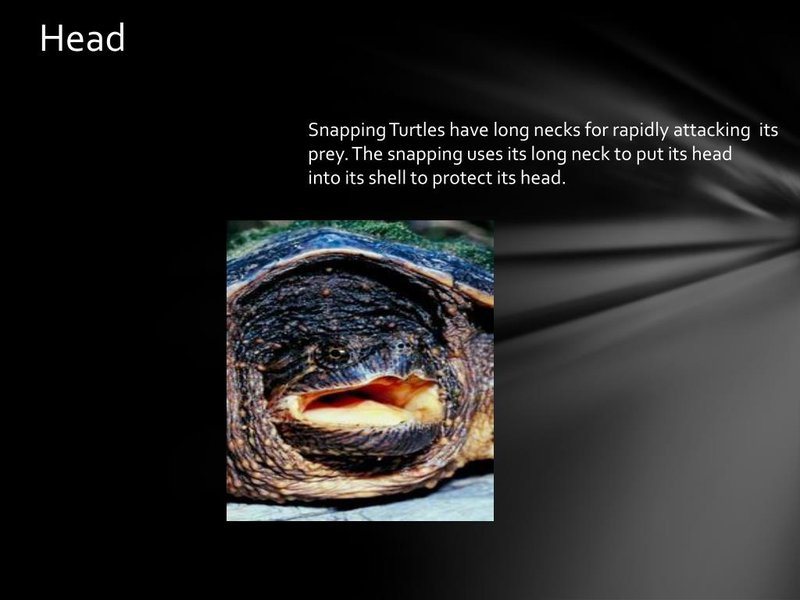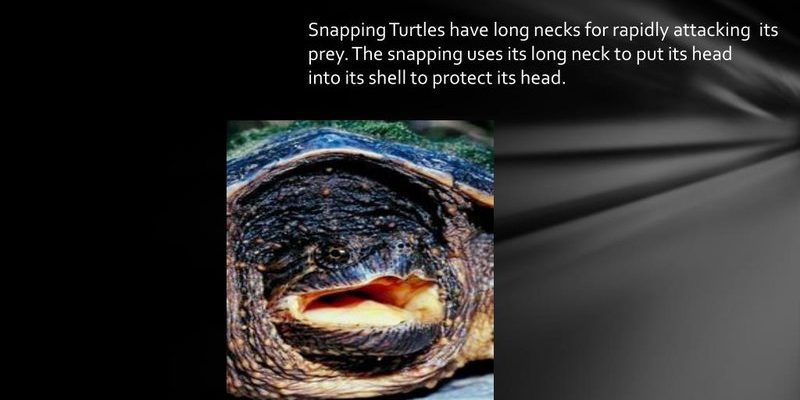
Snapping turtles have been around for millions of years, which means they’ve perfected their survival skills. From their strong jaws to their unique camouflage, these turtles have developed traits that make them incredibly resilient. Let me explain how these adaptations work and why they matter in the grand scheme of nature.
1. Powerful Jaws and Bite Force
One of the most impressive traits of snapping turtles is their powerful jaws. These turtles have a bite force that can rival some of the strongest mammals, allowing them to crush through shells and grasp prey with ease. Honestly, if you ever find yourself near one, it’s best to keep your fingers away!
Their beak-like mouths are designed for a carnivorous diet, which includes fish, amphibians, and even small mammals. This ability to consume a variety of prey allows snapping turtles to thrive in a range of habitats, from rivers to swamps. By efficiently hunting for food, they ensure their survival even in challenging environments where resources may be scarce.
This powerful bite is also a defense mechanism. If a snapping turtle feels threatened, it won’t hesitate to snap its jaws in defense. You might be wondering how this helps them survive. Well, this intimidating behavior often discourages potential predators, making the snapping turtle a less attractive target.
2. Camouflage and Natural Defense
Have you ever seen a snapping turtle basking on the shore? It’s not always easy to spot them because of their excellent camouflage. Their shells are often covered in algae and mud, allowing them to blend seamlessly into their surroundings. It’s like they’re wearing a disguise that helps them evade predators.
This natural defense strategy allows snapping turtles to lie in wait for unsuspecting prey. They can stay hidden for long periods, so when a fish swims too close, they can launch an ambush! This stealthy approach not only helps them catch dinner but also keeps them safe from larger predators looking for a meal.
In addition to camouflage, snapping turtles have tough, armored shells that protect them from physical harm. These shells are not only hard, but they also allow them to retract their heads and limbs to minimize exposure. It’s similar to how a tank rolls into battle, shielded from attacks while still being effective in its mission.
3. Aquatic Adaptations
Being comfortable in the water is key for snapping turtles. They have webbed feet that make them efficient swimmers, allowing them to navigate swiftly through rivers and ponds. This adaptation gives them an advantage when hunting or escaping danger. Imagine trying to chase down a dinner if you couldn’t swim effectively—the struggle would be real!
Moreover, snapping turtles can hold their breath for long periods. They can remain submerged for up to 30 minutes or more, depending on the water temperature. This ability lets them stay hidden from predators while they hunt or bask in the sun. Here’s the thing: their ability to stay underwater also means they can survive in various aquatic environments, from muddy swamps to clear lakes.
When it comes to temperature control, snapping turtles are ectothermic, meaning they depend on external sources for heat. They bask in the sun to warm up and can slow their metabolic rate in colder conditions. This flexibility allows them to survive in changing environments, making them true survivors no matter the season.
4. Longevity and Reproductive Strategy
One of the most fascinating aspects of snapping turtles is their longevity. These turtles can live for over 30 years, with some even reaching 50 years in the wild. That long life gives them plenty of time to adapt to changing conditions. You might be wondering how this benefits their survival. It means they have a greater chance of reproducing multiple times throughout their lives.
Speaking of reproduction, snapping turtles have unique strategies that increase their chances of survival. Females lay eggs in nests dug into the sand, and they can produce anywhere from 20 to 50 eggs at a time. This high number of eggs means that even if some fall prey to predators, a few will likely survive to adulthood. Nature’s way of ensuring that at least some of their offspring have a shot at life.
Additionally, snapping turtles often choose nesting sites near water bodies, which provide a safer environment for hatchlings. The combination of a long lifespan and multiple reproductive cycles maximizes their chances of passing on their genes to future generations.
5. Adaptability to Various Habitats
Snapping turtles are incredibly adaptable. Whether they’re in freshwater lakes, slow-moving rivers, or even brackish waters, these turtles can thrive in various habitats. This adaptability is crucial for survival, especially as environmental changes occur.
They can tolerate different water conditions, which means they can move to find food and shelter when necessary. For example, during hot summers, they might seek out deeper water to cool off, while in colder months, they may hibernate in mud at the bottom of ponds. This flexibility allows them to navigate the ups and downs of their environment effectively.
Moreover, their adaptability extends beyond location. Snapping turtles can change their diet based on what’s available. If fish are scarce, they will happily munch on plants, insects, or carrion. This kind of resourcefulness is what sets them apart as survivors, continuously finding ways to stay alive even when conditions aren’t ideal.
6. Threats and Conservation Efforts
Despite their incredible adaptations, snapping turtles still face threats in the wild. Habitat loss, pollution, and hunting for their meat can impact their populations. You might be wondering why this matters. After all, snapping turtles may seem resilient, but every species plays a role in maintaining the balance of their ecosystem.
Conservation efforts aim to protect their habitats and educate the public about the importance of snapping turtles. Community programs focus on habitat restoration and reducing pollution in aquatic environments. Remember, preserving these habitats not only helps snapping turtles but also benefits countless other species that rely on the same ecosystems.
Every little action counts! Whether it’s participating in clean-up events or advocating for wildlife protection, we can help create a healthier environment for snapping turtles and the many creatures that share their home.
7. Final Thoughts on the Snapping Turtle’s Survival
When you take a closer look at snapping turtles, it’s easy to see why they’ve been around for so long. Their powerful jaws, stealthy camouflage, and ability to thrive in various environments make them remarkable survivors. They remind us of nature’s resilience and adaptability, even in changing conditions.
As we learn more about these incredible turtles, we can better appreciate the roles they play in our ecosystems. Protecting them ensures future generations can continue to admire their unique characteristics. So, next time you see a snapping turtle, take a moment to appreciate the incredible adaptations that have kept them alive through the ages. After all, they are survivors in every sense of the word!

